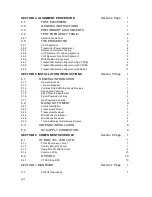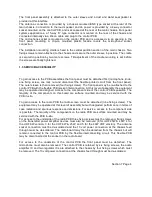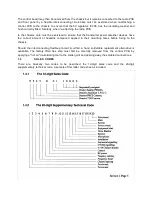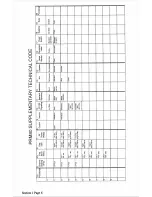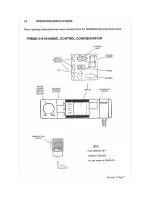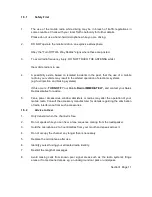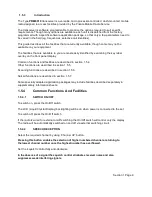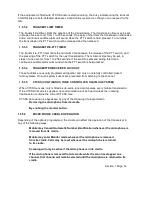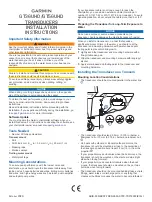
vi)
Large loudspeaker
vii)
Depot Data programmer.
viii)
24 volt to 12 volt do to do converter.
ix)
Interference filter (12 volt do power).
1.2
MECHANICAL CONSTRUCTION
The main transceiver unit contains three printed circuit boards. Each are double sided epoxy
fibreglass with plated through holes. Extensive use is made of surface mounted components but
conventional leaded components are also used.
The three printed circuit boards are defined as:
i)
FRONT PANEL
ii)
CONTROL
iii)
RADIO
An aluminium diecast chassis provides for heat sinking of the power amplifiers and regulator
devices. The radio and control PCBs are attached to this and are shielded from each other by a
central partition which is part of the main casting. The radio PCB has a separate zinc die cast
shield which is fitted on the component assembly side. This shield effectively compartmentalizes
circuit function areas on the radio PCB. Interconnection between the radio and control PCBs is
via a flexible printed circuit with a zero insertion force socket fitted to the radio PCB.
Interconnection from the control PCB to the front panel PCB is via a flexible printed circuit with a
zero insertion force socket fitted to the front panel PCB. No wiring looms are used in the
mechanical assembly.
A moulded plastic sleeve provides a styling cover over the PCB and chassis assembly. The front
panel PCB is housed in a separate plastic moulding.
In the 9-channel front panel, four moulded plastic buttons are clipped in as part of the front panel
moulding. A clear plastic lens welded to the front panel moulding provides protection for the
liquid crystal display. Behind the LCD is a light diffuser lens to aid in back lighting and location of
the LCD electrical connector (zebra strip). Placed between the front panel moulding and the front
panel PCB is a moulded rubber mat containing the switch contact pads and this mat also aids in
location of the complete LCD/Diffuser/Zebra Strip assembly.
The 64-channel front panel is similar in construction to the 9-channel version, however, 8 buttons
are provided which are clipped into the moulded assembly. The LCD is retained on the front
panel printed circuit board assembly by a pressed metal frame. This frame also retains the
switch rubber mat and LCD diffuser assembly.
The front panel PCBs are attached to the front panel moulding by fixing screws.
Section 1 Page 6



